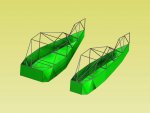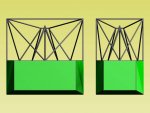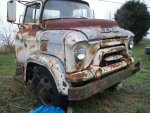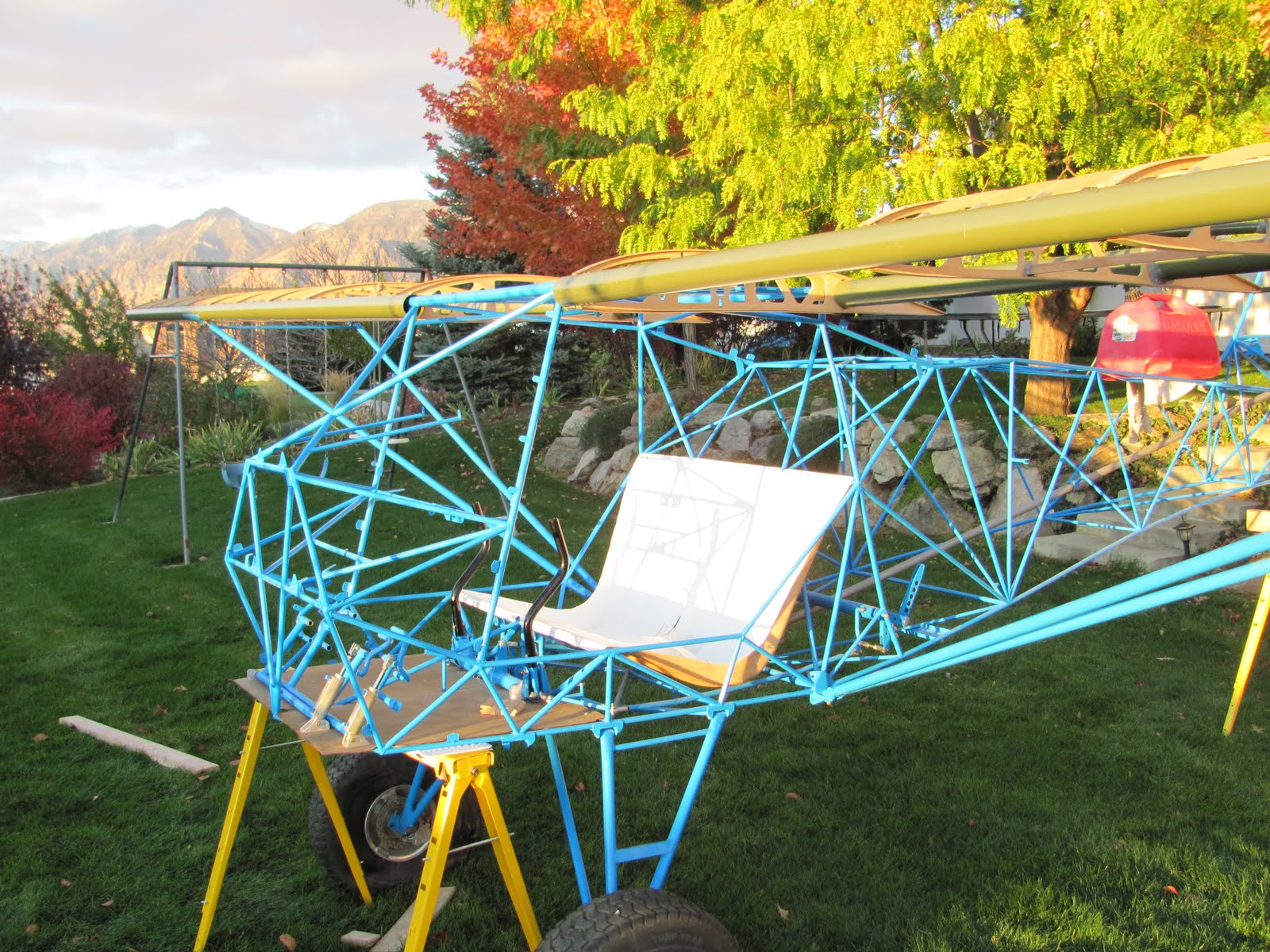Frame off restore huh ? I have a 1982 GMC pickup I am trying to sell for $800. Last guy came to buy it & I couldn't get it started. Kind of ruined the sale !
Been too cold to do anything with right now 







